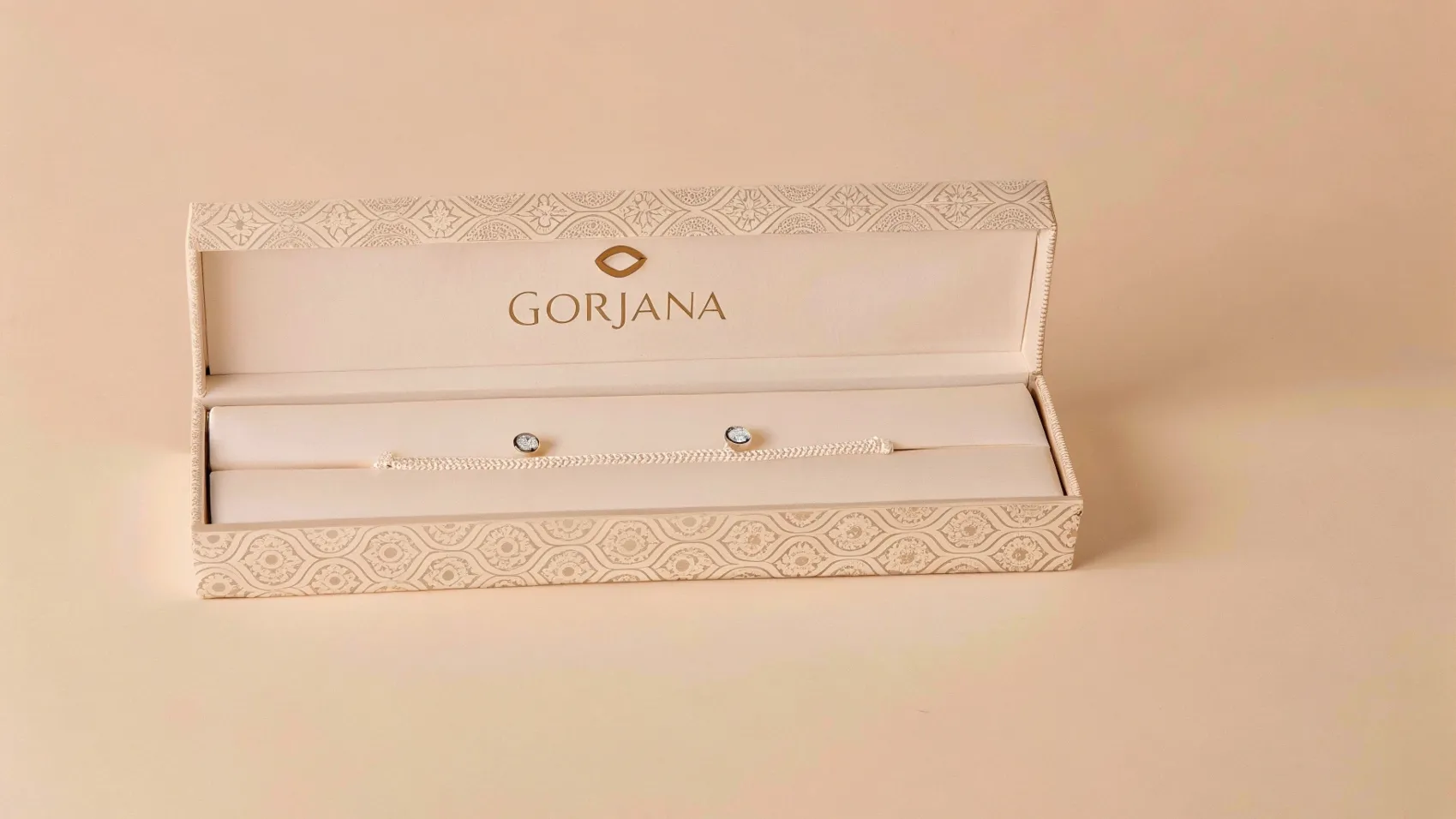
2025 Popular Trends in Gorjana Custom Jewellery
2025-02-11
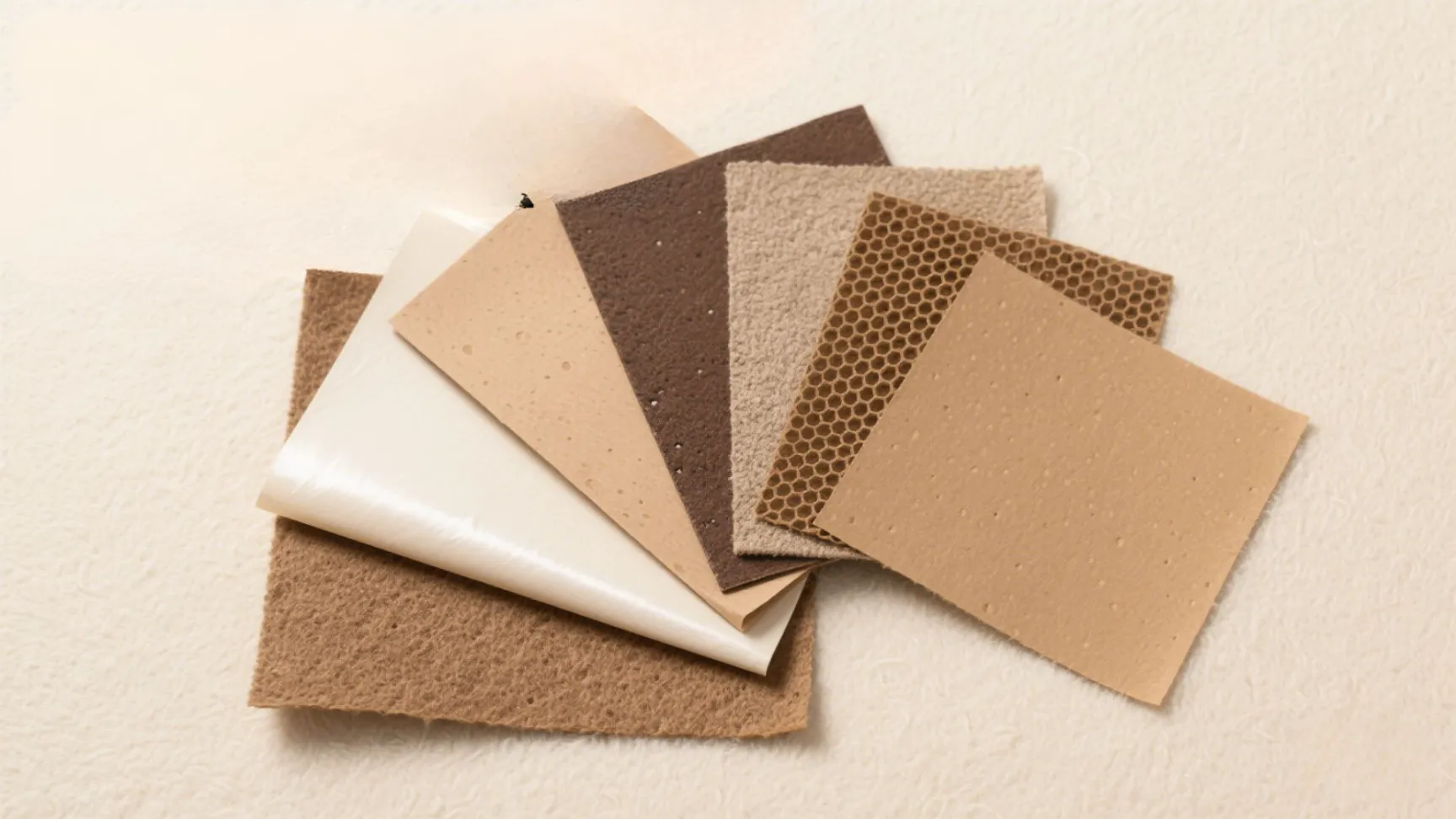
Many times, we not only need to enjoy live, but also reflect on the impact of human behavior on the earth and the entire ecosystem. Many gift wrapping papers contain plastic coatings, glitter or tapes, which make them difficult to recycle and eventually end up in landfills or incineration. In addition, packaging waste, especially plastic, will harm marine life after entering the ocean and even enter the food chain. Therefore, choosing the right eco-friendly materials for gift boxes with lids not only shows that your brand cares about the environment but also helps satisfy the increasing demand for green products. This guide will help you understand how to choose the best sustainable packaging while staying in line with industry rules.
The jewelry and gift industry faces unique packaging challenges. Your products often carry significant emotional and monetary value, requiring protective packaging that also conveys prestige. Simultaneously, today’s consumers are more environmentally aware than ever before.
According to a 2024 study by the Sustainable Packaging Coalition, 73% of U.S. consumers consider sustainable packaging important when making purchasing decisions, with this percentage rising to 86% among millennial and Gen Z shoppers. For jewelry and gift brands, sustainable packaging materials for gift boxes with lids are no longer optional—they’re a business imperative.
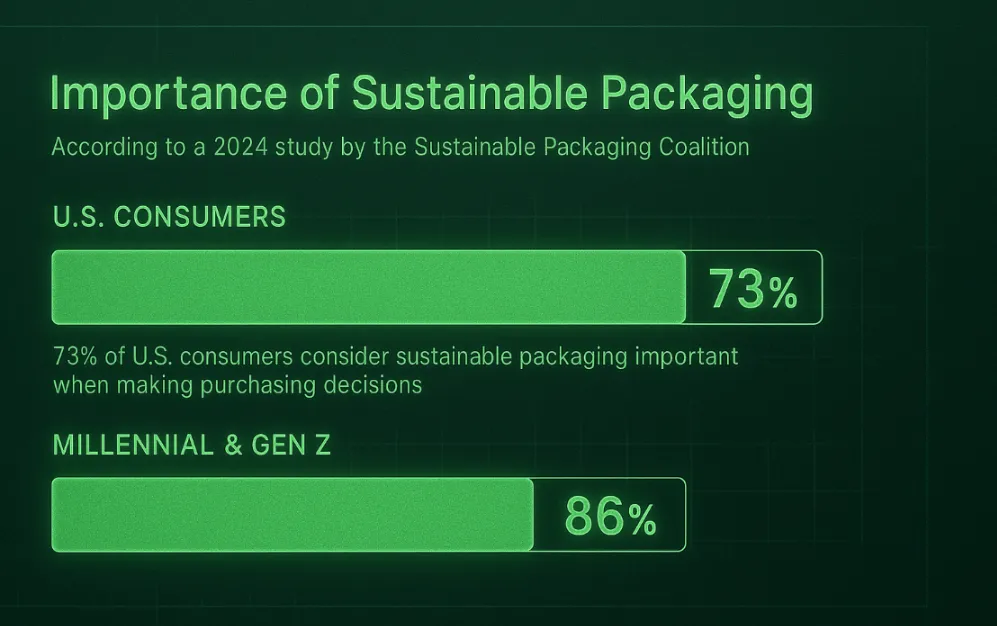
Three key factors drive the need for sustainable packaging solutions:
Regulatory Compliance: Government regulations increasingly restrict certain packaging materials and mandate recycled content percentages.
Environmental Impact: Traditional packaging contributes significantly to waste streams, with the EPA reporting that packaging alone constitutes approximately 30% of municipal solid waste in the United States.
Consumer Expectations: Modern consumers expect brands to demonstrate environmental responsibility through their packaging choices.
By addressing these factors through thoughtful material selection for your gift boxes with lids, you can satisfy regulatory requirements while strengthening your brand’s connection with environmentally conscious consumers.
When selecting materials for gift boxes with lids, particularly those containing regulated items such as precious metals or certain cosmetics, you must adhere to specific regulatory standards. The U.S. Department of Transportation (DOT) and other regulatory bodies establish guidelines for approved packaging material for fully regulated items.
The DOT classifies packaging materials based on their suitability for various types of regulated contents:
UN-Certified Packaging: Required for hazardous materials transportation, these containers undergo rigorous testing for durability and containment.
FDA-Compliant Materials: For jewelry boxes containing items that may come into contact with skin, FDA-approved materials may be required to prevent adverse reactions.
ASTM Standards: The American Society for Testing and Materials provides guidelines for packaging strength, durability, and environmental impact.
For jewelry and gift box manufacturers, understanding which approved packaging material for fully regulated items applies to your products is essential. According to UPS Hazardous Materials guidelines, “The material must be accurately classified and described, packaged in a specification package, marked, labeled, documented, and certified before being offered for transportation.”
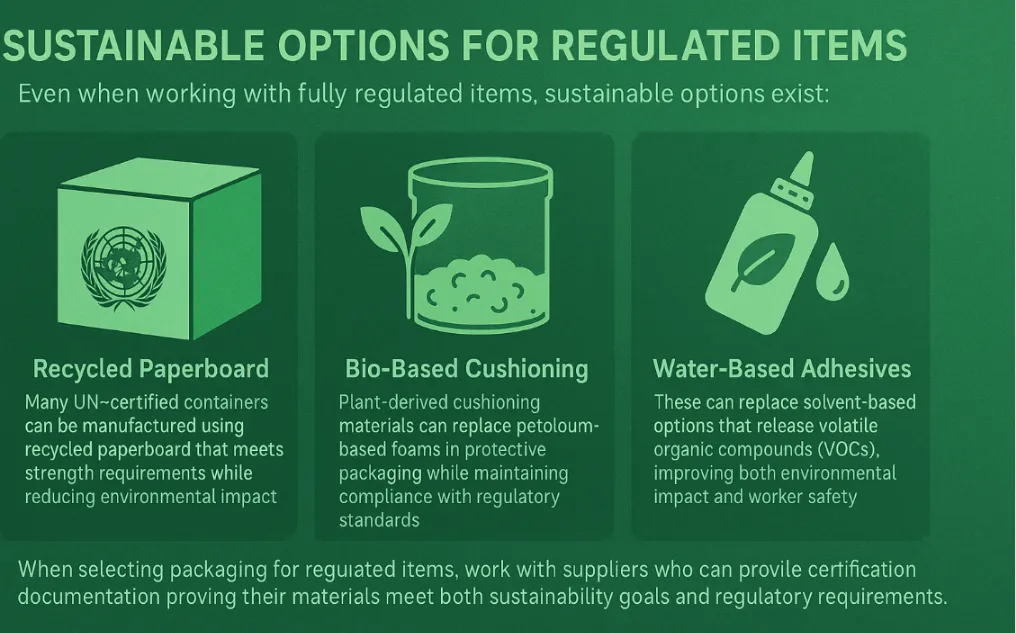
Even when working with fully regulated items, sustainable options exist:
Recycled Paperboard: Many UN-certified containers can be manufactured using recycled paperboard that meets strength requirements while reducing environmental impact.
Bio-Based Cushioning: Plant-derived cushioning materials can replace petroleum-based foams in protective packaging while maintaining compliance with regulatory standards.
Water-Based Adhesives: These can replace solvent-based options that release volatile organic compounds (VOCs), improving both environmental impact and worker safety.
When selecting packaging for regulated items, work with suppliers who can provide certification documentation proving their materials meet both sustainability goals and regulatory requirements.
While jewelry itself is rarely classified as hazardous, certain cleaning products, polishes, or treatments that may accompany luxury items can fall under hazardous materials regulations. Understanding when and how to package hazardous materials is crucial for maintaining compliance.
For packaging hazardous materials that are fully regulated, the Department of Transportation (DOT) and Environmental Protection Agency (EPA) mandate specific requirements:
Performance-Tested Packaging: Containers must pass drop, stacking, and pressure tests to ensure they can withstand normal transportation conditions without leakage.
Proper Labeling: Hazardous materials require specific warning labels and markings, including UN identification numbers and proper shipping names.
Documentation: Shipping papers must accurately describe the hazardous contents, including classification, quantity, and emergency response information.
Training Requirements: Personnel involved in packaging hazardous materials must receive specific training and certification.
According to the DOT Hazardous Materials Regulations, there are nine hazard classes for fully regulated materials, each with specific packaging requirements based on the nature of the hazard.
When packaging hazardous materials that are fully regulated, sustainable options include:
Reusable Shipping Containers: Durable containers that can be returned and reused multiple times reduce overall material consumption.
Recycled Content in Outer Packaging: While inner containment layers must meet specific performance standards, outer packaging can often incorporate recycled materials.
Right-Sizing: Using appropriately sized containers reduces material waste and shipping costs while maintaining compliance with regulations.
By carefully balancing regulatory requirements with sustainability goals, brands can develop packaging solutions that protect both their products and the environment.
Drawing inspiration from nature can provide valuable insights into efficient packaging systems. In biological cells, the Golgi apparatus is the organelle that processes and packages material to be secreted, serving as nature’s packaging facility.
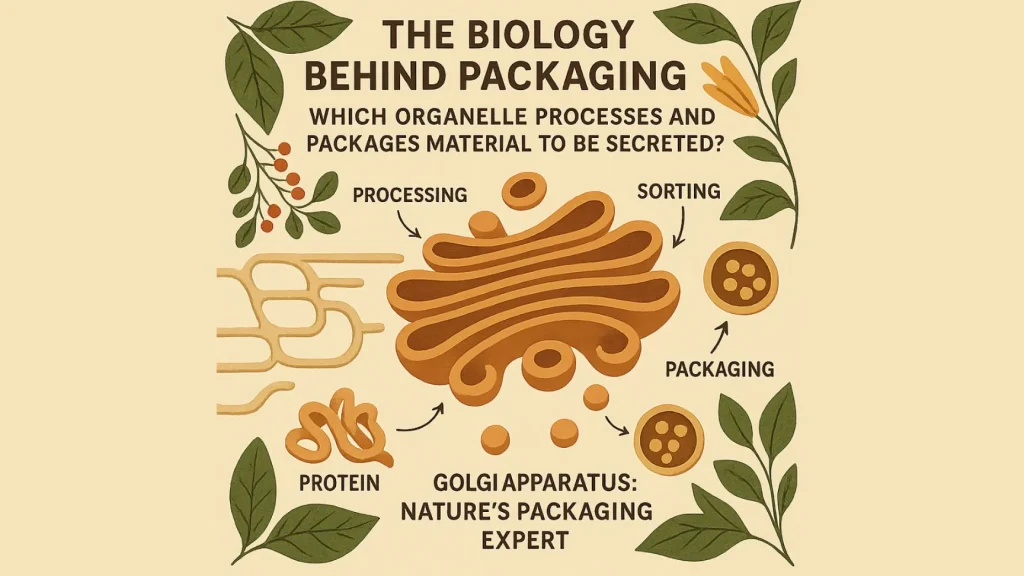
Just as effective packaging protects and delivers products to consumers, the Golgi apparatus prepares cellular materials for export:
Processing: The Golgi modifies proteins and lipids received from the endoplasmic reticulum, similar to how packaging transforms raw materials into protective enclosures.
Sorting: Different materials are directed to their proper destinations, just as packaging systems must sort products into appropriate containers.
Packaging: The Golgi packages materials into vesicles—membrane-bound sacs that transport substances to the cell surface or other destinations, mirroring how products are enclosed in protective packaging before shipping.
Quality Control: The organelle ensures properly folded proteins continue through the secretory pathway, comparable to quality inspections in packaging facilities.
Understanding which organelle processes and packages material to be secreted can inspire biomimetic approaches to sustainable packaging:
Efficient Material Usage: Just as cells minimize waste through precise packaging, sustainable gift box design can maximize material efficiency.
Adaptive Packaging: The Golgi’s ability to customize packaging for different cargo suggests flexible packaging systems that adapt to product needs without excess materials.
Circular Systems: Cellular components are continuously recycled, providing a model for circular packaging economies where materials are reused or recycled rather than discarded.
By studying how nature’s packaging systems work, we can develop more efficient, sustainable approaches to gift box design.
Understanding how packaging materials affect the environment is essential for making informed sustainability choices. Different materials create varying environmental impacts throughout their life cycles.
Here’s how common gift box materials compare across key environmental metrics:
| Material | Recyclability | Biodegradability | Carbon Footprint | Water Usage | Energy to Produce |
| Virgin Paperboard | High | Medium | Medium | High | Medium |
| Recycled Paperboard | High | Medium | Low | Medium | Low |
| Plastic (PET) | Medium | Low/None | High | Low | High |
| Bioplastics | Variable | High | Medium | Variable | Medium |
| Metal (Tin) | High | None | High | Medium | High |
| Glass | High | None | High | Low | Very High |
| Wood | Medium | High | Low | Low | Low |
When evaluating how packaging materials affect the environment, consider these factors:
Resource Extraction: Virgin paperboard requires forest resources, while recycled materials reduce demand for new raw materials. The Forest Stewardship Council (FSC) estimates that using recycled paperboard can reduce wood consumption by up to 99% compared to virgin materials.
Manufacturing Impact: According to the Environmental Paper Network, producing recycled paperboard uses 50% less energy and 90% less water than virgin paperboard.
End-of-Life Scenarios: The EPA reports that approximately 68% of paper packaging is recycled in the U.S., compared to just 9% of plastic packaging.
Transportation Footprint: Heavier materials like glass and metal require more fuel for transportation, increasing their overall carbon footprint.
For luxury gift box manufacturers, balancing aesthetic requirements with environmental considerations may seem challenging. However, innovations in sustainable materials are increasingly allowing brands to achieve premium appearances without sacrificing environmental responsibility.
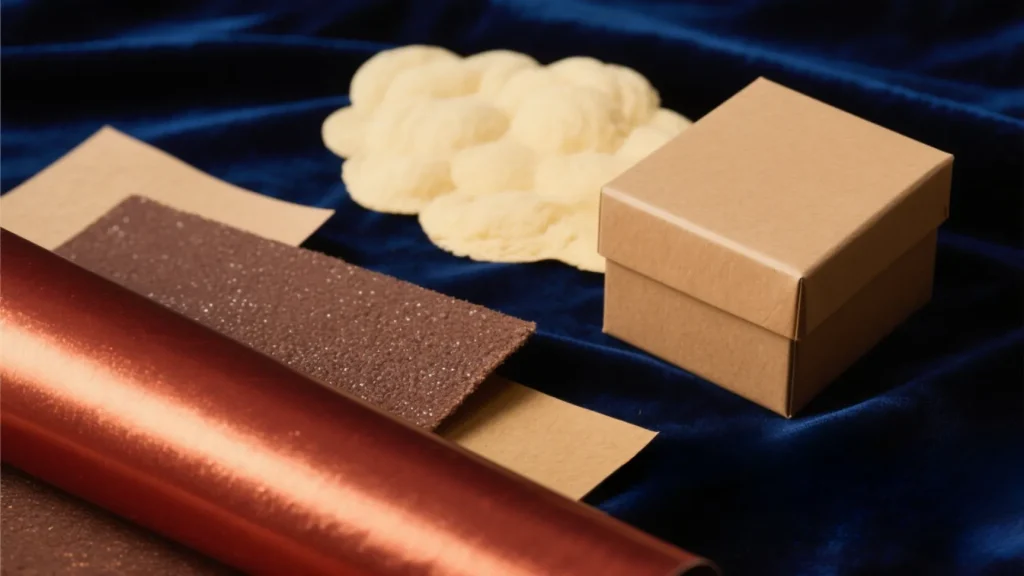
Sustainable packaging materials balance environmental impact, performance, and aesthetic quality. For gift boxes with lids, several excellent options exist that can meet both sustainability goals and luxury presentation standards.
Truly sustainable packaging materials meet several key criteria:
Renewable or Recycled Source: Materials derived from rapidly renewable resources or post-consumer waste.
Energy Efficiency: Production processes that minimize energy consumption and greenhouse gas emissions.
End-of-Life Options: Materials that can be readily recycled, composted, or biodegraded.
Non-Toxicity: Free from harmful chemicals that could leach into the environment or pose health risks.
In this article, we have researched ten global packaging companies that are doing a great job in sustainable jewelry gift packaging. Click here to read and start your journey of sustainable jewelry packaging innovation, so that every gift can become a declaration of environmental protection and aesthetic symbiosis.
What are sustainable packaging materials for luxury gift presentations? Consider these options:
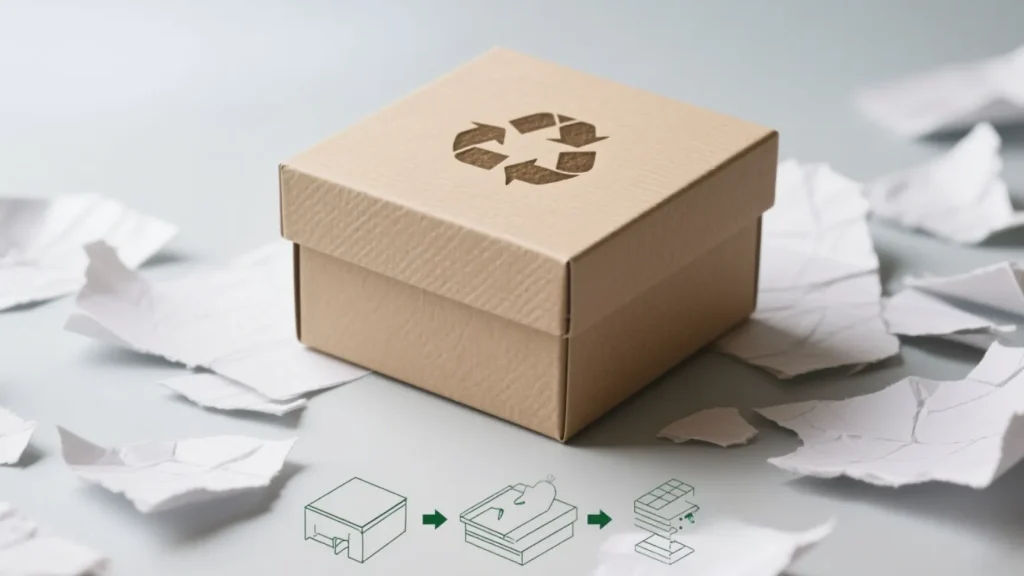
According to our Richpack supply manager, “FSC-certified paper remains one of the most accessible sustainable packaging materials for gift boxes with lids, offering the perfect balance of aesthetics, protection, and environmental responsibility.”
Understanding the four types of packaging materials helps brands make informed decisions about which sustainable options best suit their specific needs.
The packaging industry generally recognizes four fundamental types of packaging materials:
Beyond the four types of packaging materials traditionally recognized, innovative alternatives are emerging:
For gift boxes with lids, combinations of these materials often provide the best balance of sustainability and performance. For example, a gift box might use recycled paperboard for structure, plant-based cushioning for protection, and water-based inks for decoration.
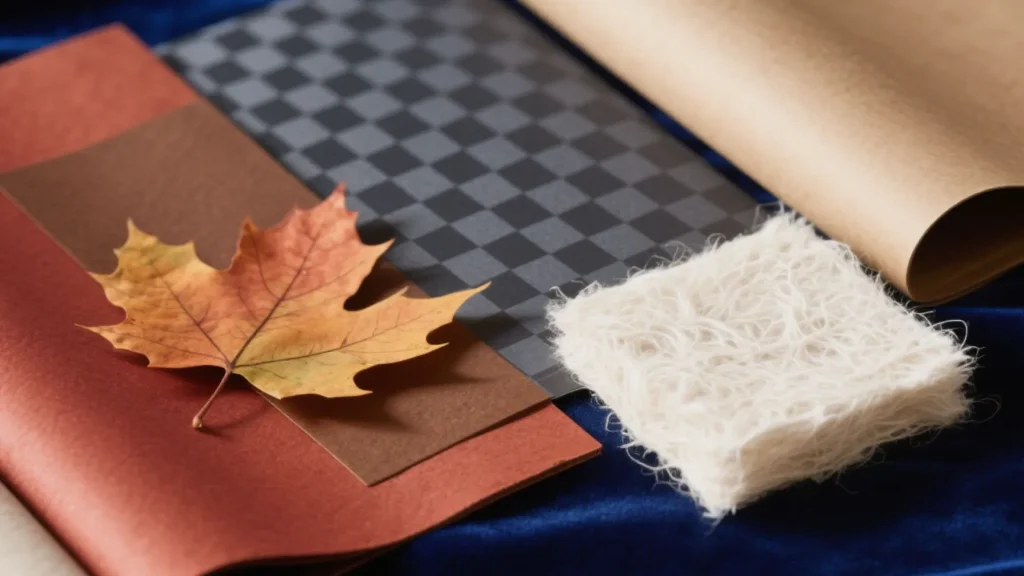
Implementing sustainable packaging requires strategic sourcing and thorough testing to ensure materials perform as expected while meeting environmental goals.
When sourcing sustainable packaging materials for gift boxes with lids, follow these best practices:
Verify Certifications: Look for credible third-party certifications such as:
· Conduct Supplier Audits: Visit manufacturing facilities when possible to verify sustainability claims and production practices.
· Request Documentation: Ask suppliers for environmental impact statements, life cycle assessments, and material safety data sheets.
· Consider Local Options: Sourcing materials locally reduces transportation emissions and supports regional economies.
· Evaluate Total Impact: Consider not just the material itself but also manufacturing processes, transportation requirements, and end-of-life scenarios.
Before fully implementing new sustainable packaging materials, conduct thorough testing:
· Structural Integrity Tests: Ensure the material can adequately protect your products during shipping and handling.
· Printing and Finishing Compatibility: Verify that sustainable materials accept your desired printing methods and finishes without requiring harmful chemicals.
· Aging and Stability Tests: Evaluate how materials perform over time under various environmental conditions.
· Consumer Experience Testing: Gather feedback on unboxing experience, perceived quality, and ease of recycling.
· Pilot Production Runs: Start with limited quantities to identify any production or supply chain issues before full-scale implementation.
The most successful sustainable packaging programs begin with small pilot runs, allowing brands to refine their approach before scaling to full production.
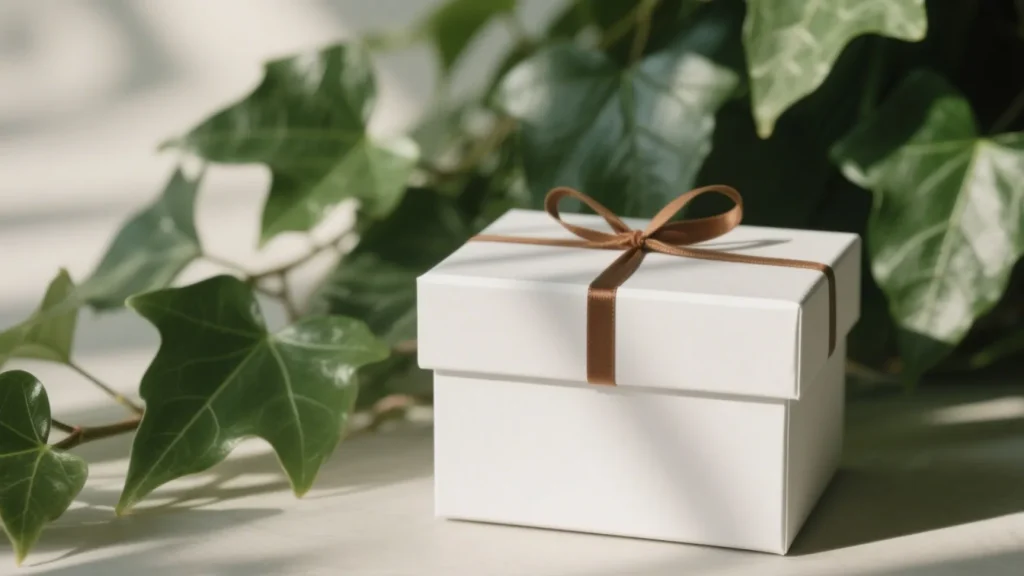
Thank you for your reading. New materials and technologies are constantly emerging, and the journey towards more sustainable packaging continues. By understanding the approved packaging materials for fully regulated goods, you can recognize how packaging materials affect the environment and explore what sustainable packaging materials are. You can make informed decisions that benefit your business and the planet. However, sustainability is not only about material selection but also encompasses the entire packaging life cycle – from raw material procurement to scrapping and recycling. If you are an environmentalist and wish to convey positive environmental values to your customers through sustainable packaging, contact our eco-friendly packaging experts here to obtain a customized quote for sustainable livery gift boxes that comply with all US regulations and green standards. We can adopt an integrated approach to sustainable packaging design to help your jewellery and gift brand reduce its environmental footprint while enhancing its appeal to increasingly environmentally conscious consumers.
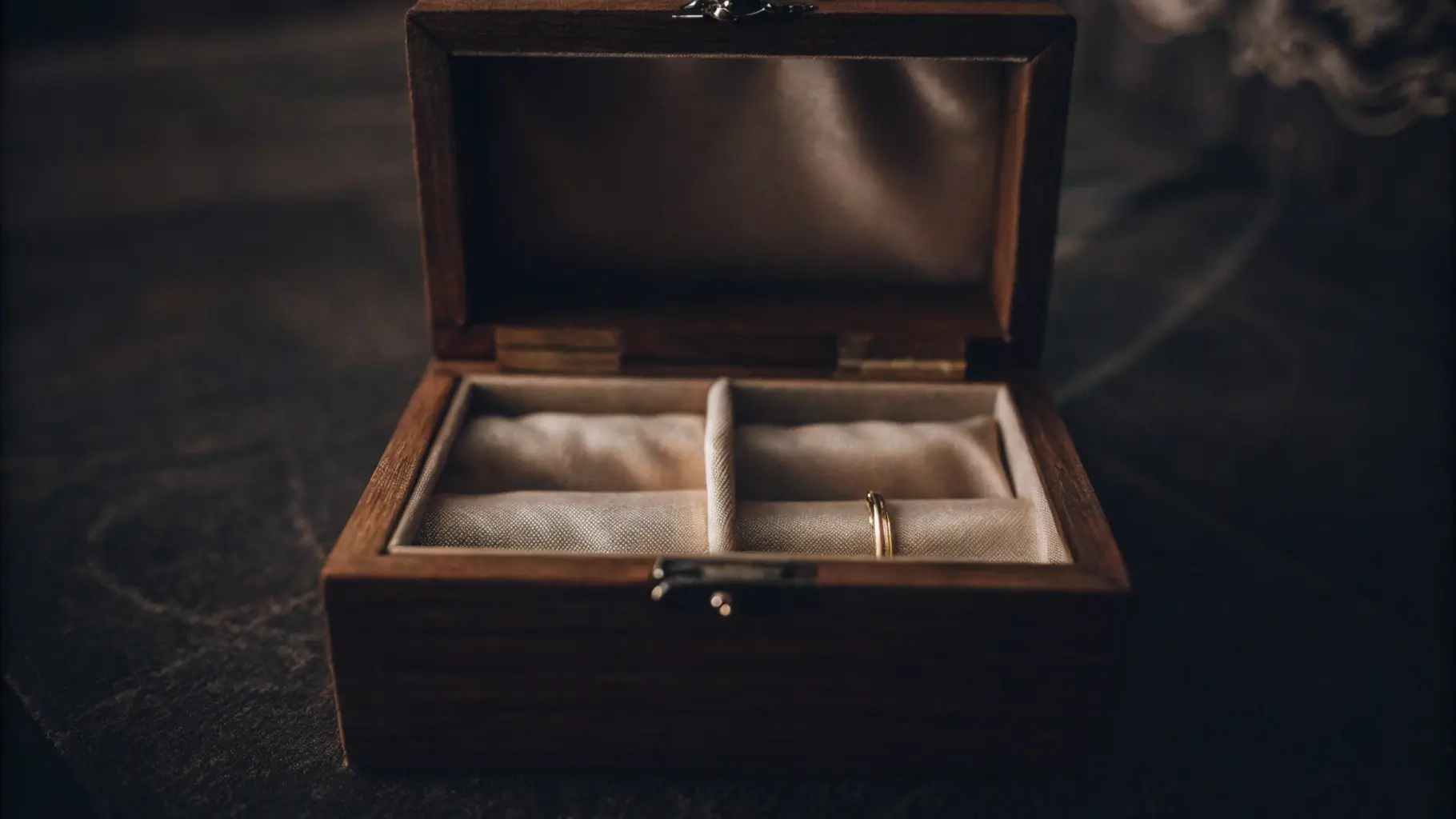
richpack richpack · Expert Roundup Tips on Luxury Packaging From 2023 to 2033, the luxury packaging market will accelerate at a steady CAGR of 5.5% and reach a US$ 17.9 billion in 2033. This indicates a sustained demand for luxury packaging, with brands increasingly investing in high-end, innovative, and sustainable solutions. However, implementing sustainable, innovative packaging strategies requires certain skills.… Continue reading How to Choose Sustainable Materials for Gift Boxes with Lids
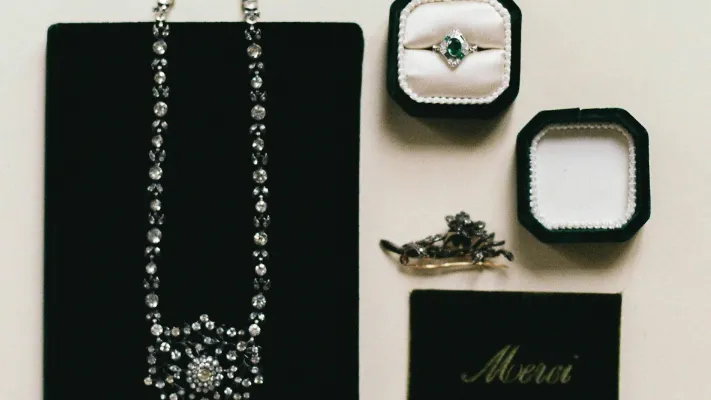
The material you choose for your jewelry boxes is a statement of your brand’s identity. Whether you prioritize luxury, sustainability, or durability, the right material can elevate your brand and resonate with your customers. In this article, we will analyze the pros and cons of different materials for jewelry boxes in detail. And this guide… Continue reading How to Choose Sustainable Materials for Gift Boxes with Lids
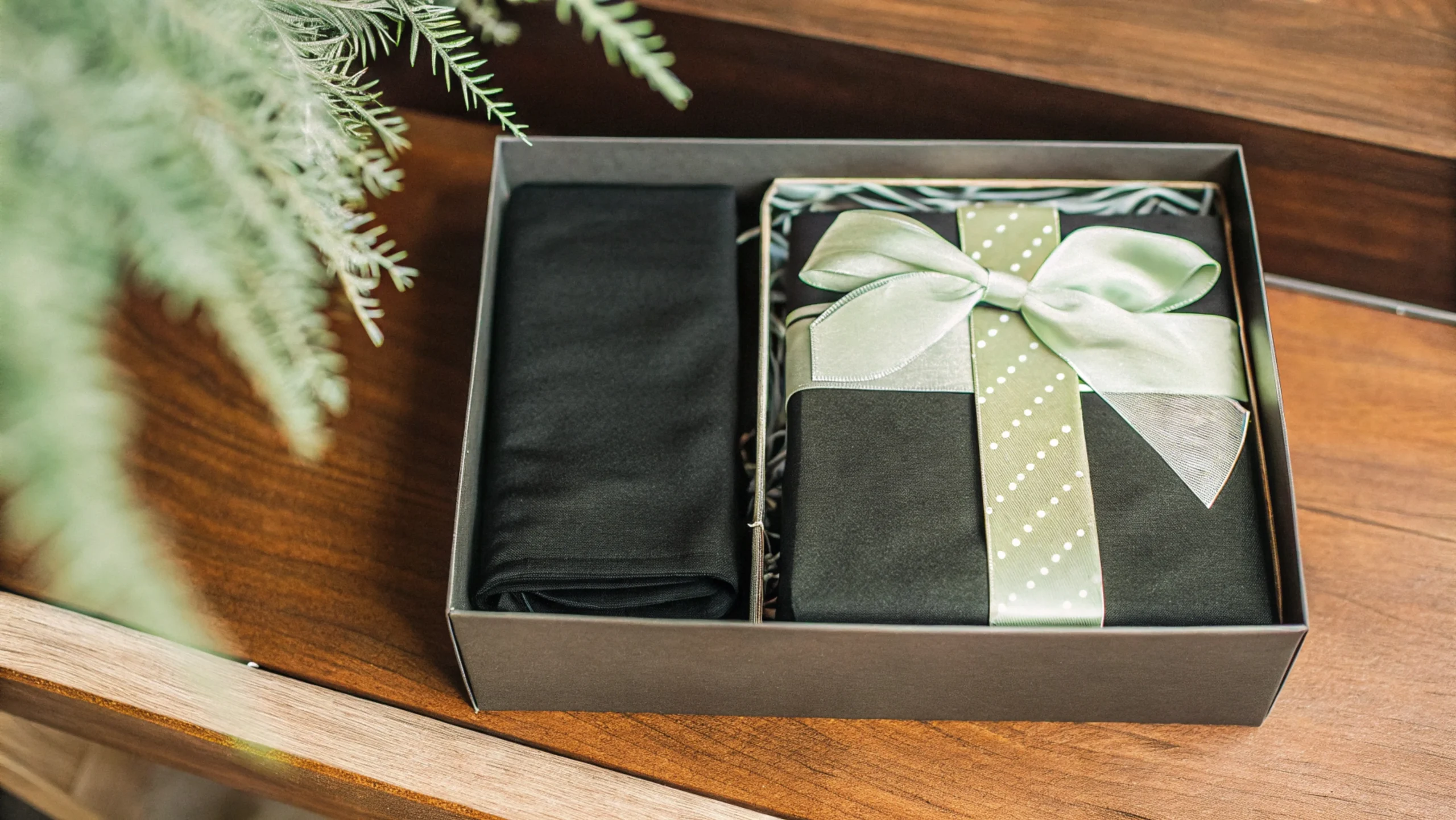
Male gift boxes are not just about giving a present. These boxes can be a great way to surprise someone with a personalized, useful, and stylish gift that leaves a lasting impression. Male gift boxes elevate every occasion—combining curated essentials, heartfelt personalization, and stylish presentation to create meaningful, impressive, and convenient gifts that resonate long… Continue reading How to Choose Sustainable Materials for Gift Boxes with Lids
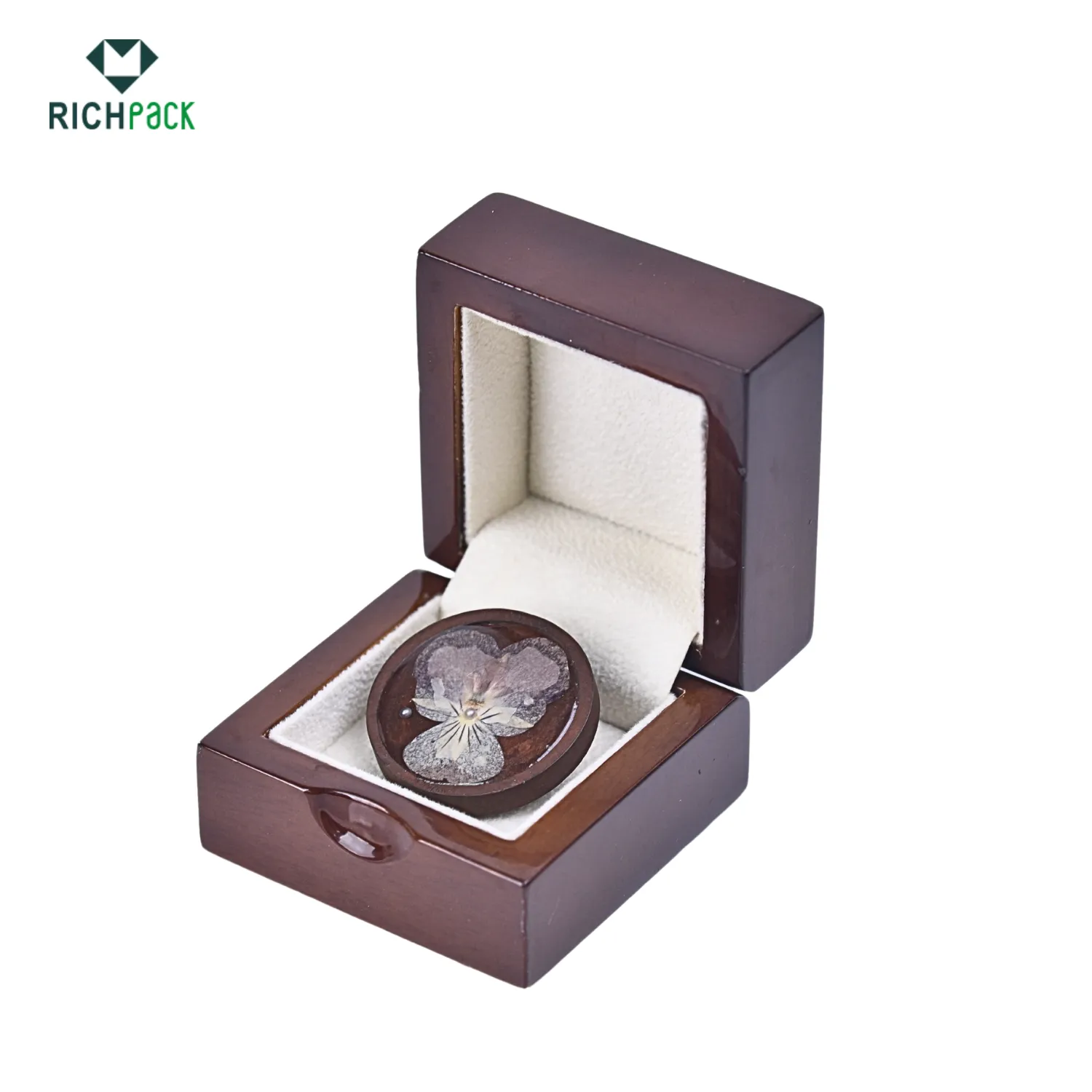
Custom Branded Biodegradable Jewelry Boxes for Luxury Jewelry Labels | Tailored for Premium Brands Requiring Sustainable and High-End Packaging Solutions
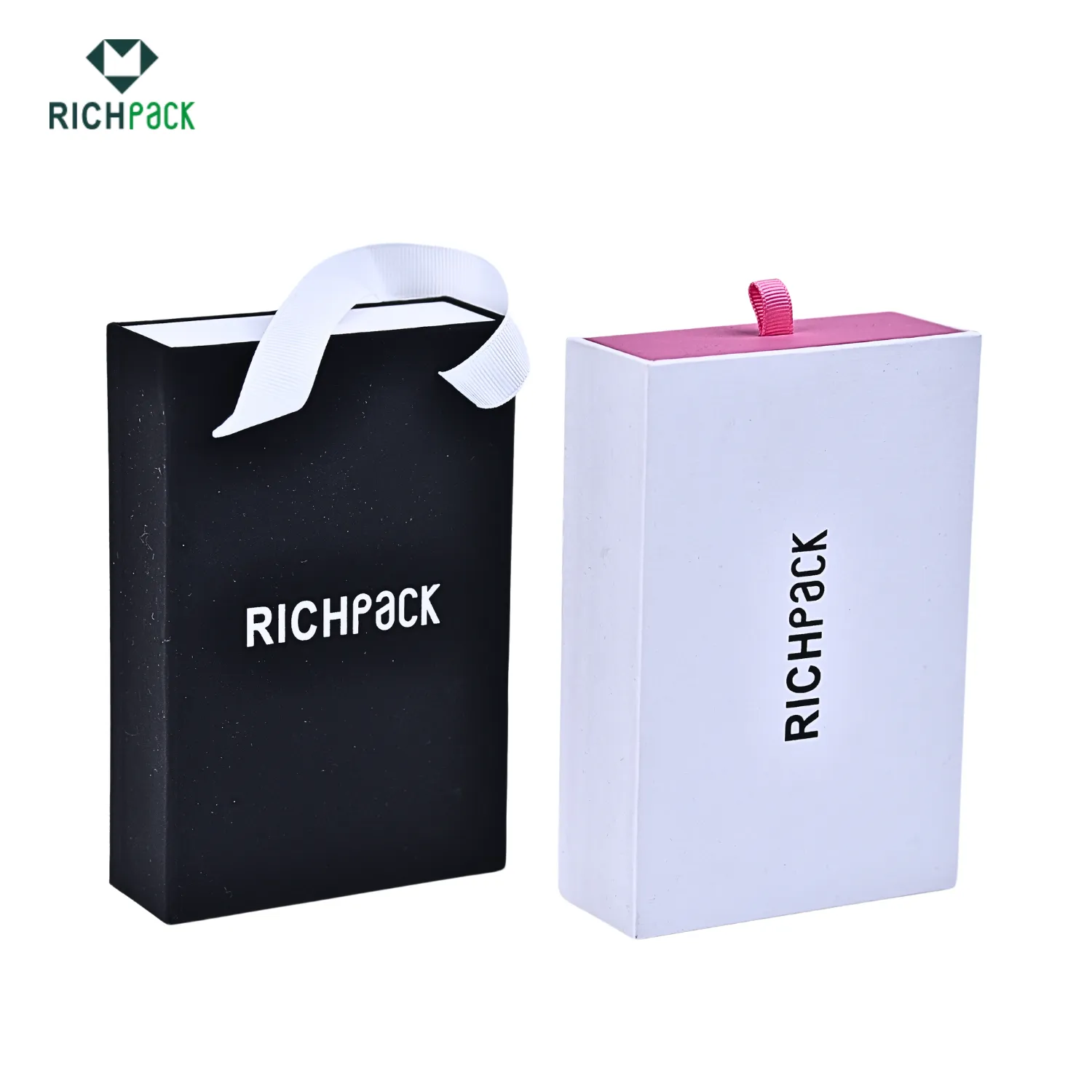
Custom Eco-Packaging for Jewelry Brands with Green Initiatives | Perfect for Brands Focused on Sustainable and Branded Packaging
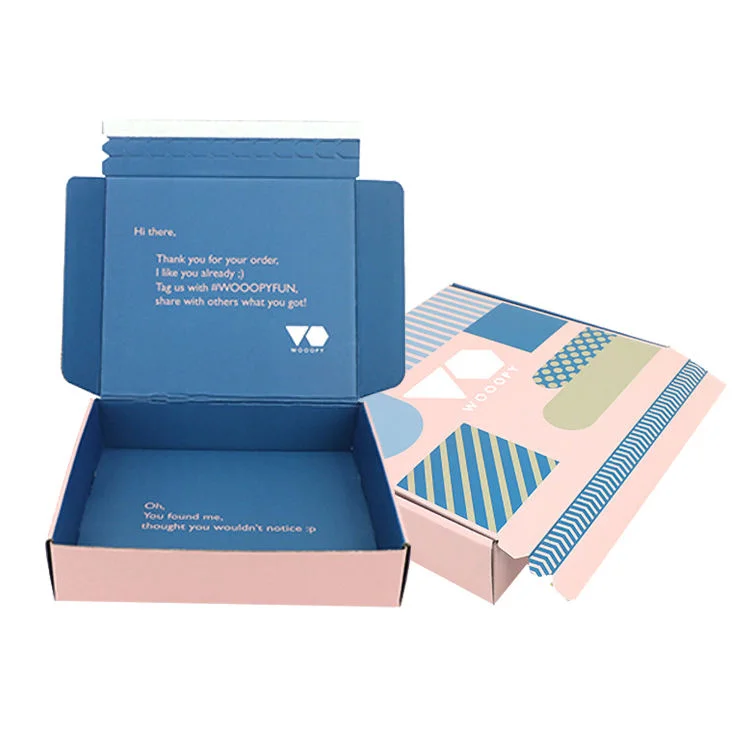
Eco-Conscious Environmentally Friendly Cosmetic Packaging Solutions – Customizable Sustainable Packaging for Cosmetics and Biodegradable Cosmetic Packaging
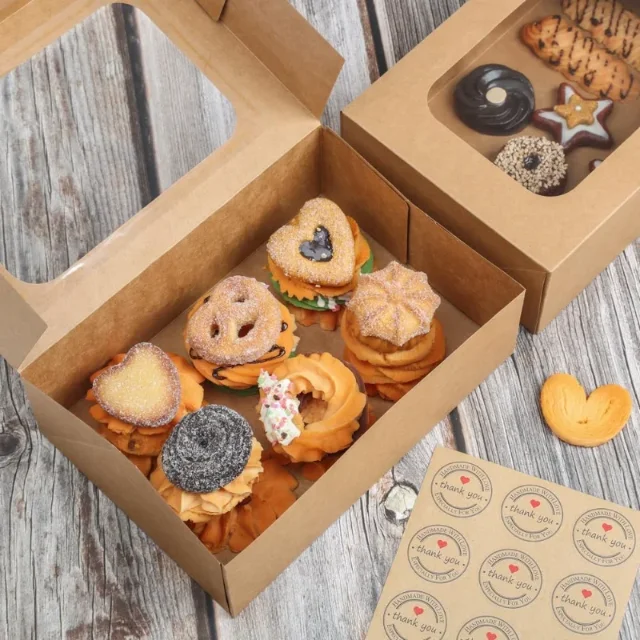
Christmas Cookie Gift Boxes with Personalized Holiday Greetings Custom Festive Packaging | Perfect for Seasonal Gifting Richpack
View More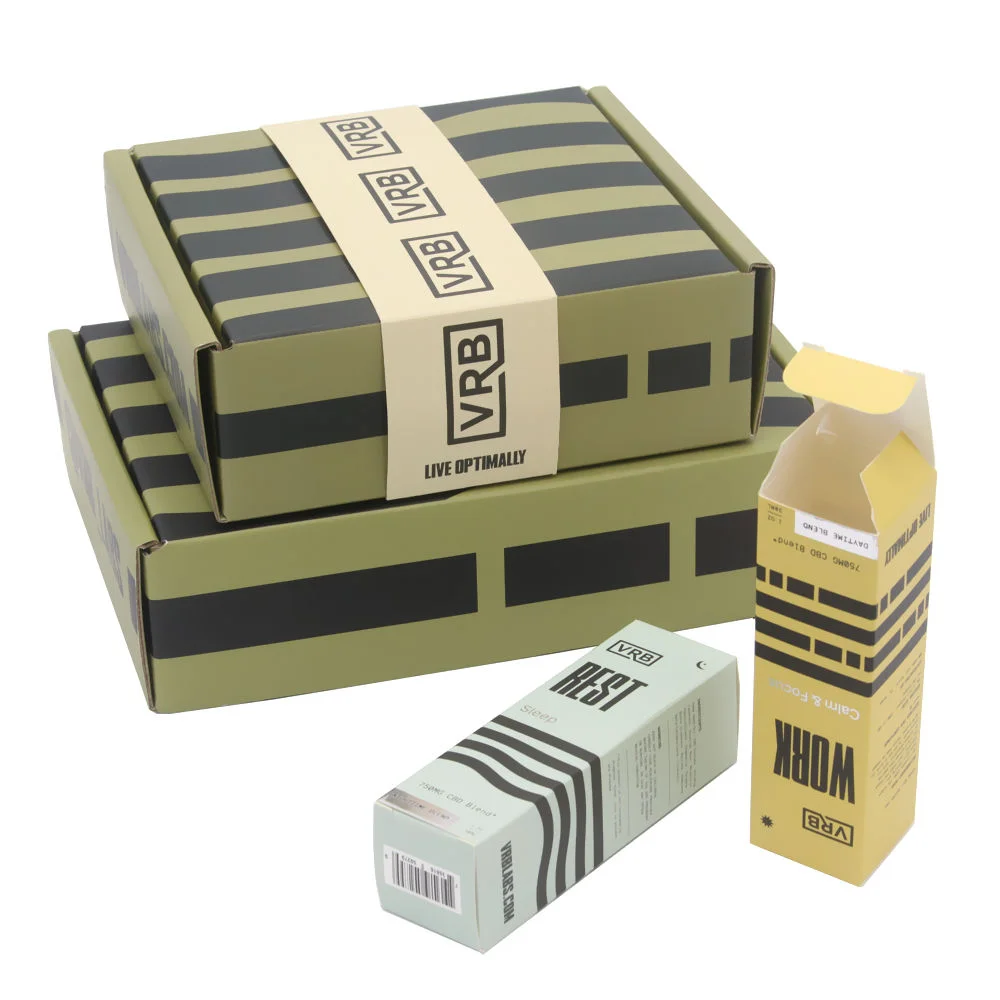
Custom Eco-Friendly Cosmetic Packaging for Environmentally Conscious Brands | Ideal for Beauty Brands Focused on Green and Branded Solutions
View More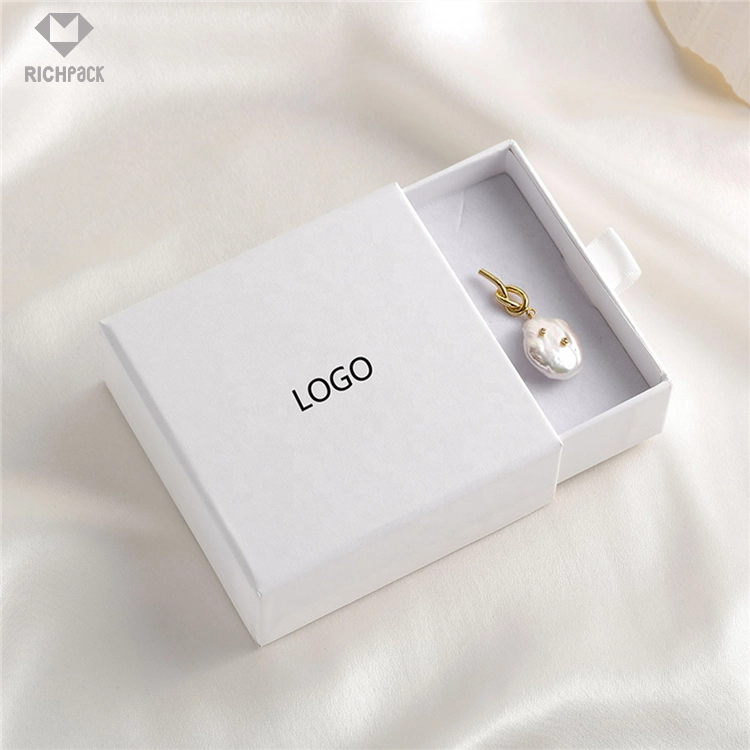
Custom Sustainable Jewelry Boxes with Logo for Wholesalers | Designed for Bulk Orders Needing Green and Personalized Packaging Solutions
View MoreJust submit your email to get exclusive offers (reply within 12 hours)